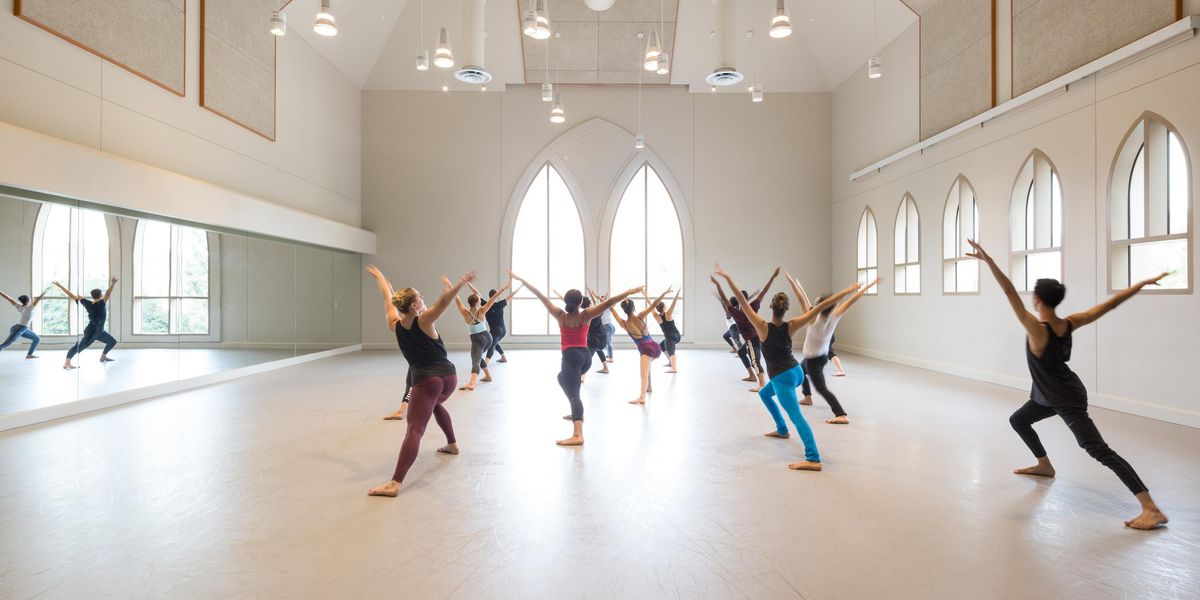2014: The Year of Misty
When you look back at the dance scene of 2014, one name dominated the conversation: Misty Copeland. She hijacked headlines as she grew beyond American Ballet Theatre soloist status and into something more akin to ballet’s ambassador to the world. She became ubiquitous, from her Under Armour billboards and TV ads, to her memoir and children’s book. She appeared in countless media outlets from Vogue to The Wall Street Journal and, of course, Dance Magazine. Adam Shankman is now in talks to produce a biopic based on her life story; the Oxygen network is planning a docu-series tentatively titled “The Misty Copeland Project” featuring Copeland mentoring young dancers “America’s Next Top Model”-style.
Why did 2014 become the Misty Copeland moment? The easy answer would be to point out her superpublicist extraordinaire, Gilda Squire, who has brilliantly packaged Copeland into a force that can’t be ignored.
But even the most brilliant marketing push couldn’t have been quite this successful if it weren’t for the public’s hunger for someone just like Copeland. “Dancing With the Stars” and “So You Think You Can Dance” (on which Copeland has been a guest judge, naturally) have taught TV audiences how to appreciate the athleticism of dancers (if not necessarily dance itself…). Copeland’s body and technique showcase a strength that’s obvious even to untrained eyes. Her physique represents an ideal so many gym rats aspire to.
Recent events in our nation have also ignited a fervor for greater racial equality throughout political and cultural institutions. As a black girl in the lily-white world of ballet, Copeland is a mainstream icon people can get behind for reasons other than her talent. Her heartwarming underdog narrative only makes us root for her more. Especially since it’s still in progress: She still hasn’t found her happily-ever-after principal status. We’re glued to her story like fans following a sports match, longing to see if she will rise to the top and achieve not just her own dream, but the dreams that so many others have now pinned on her.
Has her artistic growth played into this breakout moment? Unfortunately, probably not. Her classical lines have become remarkably crisper, and her interpretations more nuanced. But the couple sitting behind me at ABT’s Nutcracker last Friday weren’t whispering “That one’s Misty” every time she came onstage because they were intrigued by her articulate footwork. And the young Ailey School students walking through the bathroom at the Dance Magazine Awards last Monday weren’t calling “Misty are you in there?” to the stalls because they were moved by her nuanced interpretations. They were interested because she’s now the dance world’s biggest celebrity.
Unsurprisingly, there’s been backlash. Some people argue she’s only been given principal roles next season because of her fame. But anyone this successful would have their haters, even if they didn’t challenge the status quo of an artform rooted in values from the past. And maybe that’s what so many of us are reacting to. In many ways, Copeland represents where ballet is heading. Very slowly, but surely, it is becoming more diverse. Much more quickly, it is becoming extremely athletic—today’s premieres are much less likely to portray fragile girls than they are fast-moving, high-jumping female powerhouses. Ballet’s also becoming extremely personal: Audiences now connect to dancers whose daily lives they watch unfold on Instagram and Twitter; we’re attracted not just to the stories onstage, but also the backstories offstage—such as inspiring tales of former prodigies mentoring young girls.
Will Copeland continute to dominate the pop culture image of ballet in 2015? We all know how short attention spans can be. But it’s clear that Adam Shankman, the Oxygen network and many, many others are betting that this is one artist who will beat the odds.





